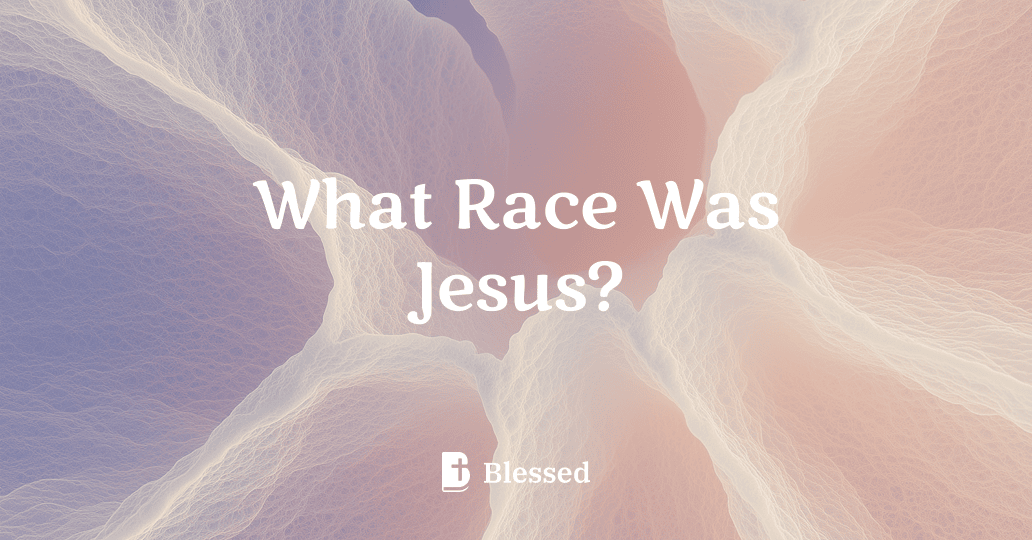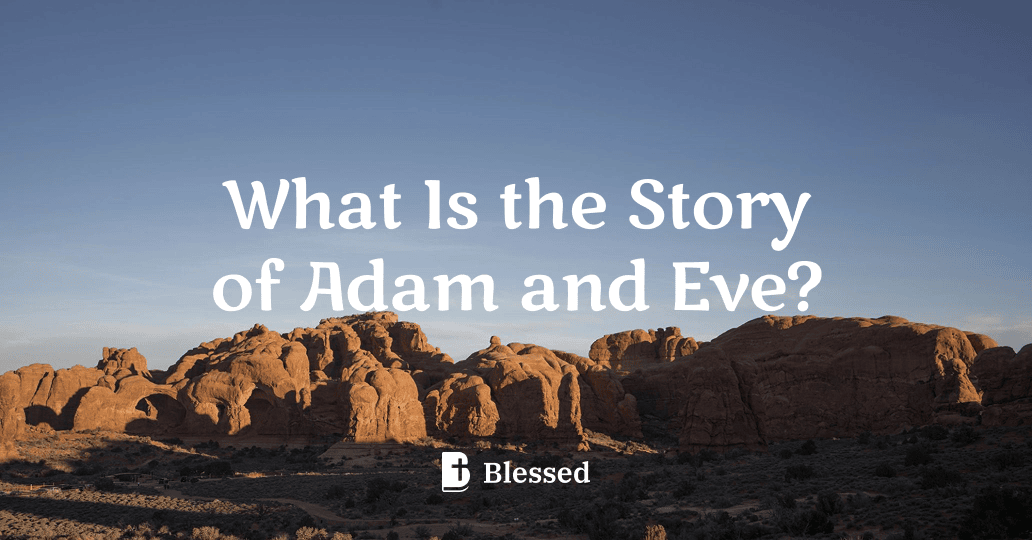What Race Was Jesus?
- jesus
- jewish
- middle
- race
- understanding

What Race Was Jesus?
Understanding Jesus' Ethnic Background
The question of What race was Jesus? often arises due to cultural depictions in art and media. Historically, Jesus was a Jewish man living in the region of Judea during the 1st century CE. This places him within the ancient Semitic peoples of the Middle East.
Historical and Geographical Context
Jesus was born in Bethlehem and grew up in Nazareth, both located in modern-day Israel/Palestine. The population in this area was predominantly Jewish, descended from the Israelites. Therefore, Jesus' ethnicity is best described as Middle Eastern Jewish.
Physical Appearance
While no contemporary descriptions exist, scholars suggest Jesus likely had olive to darker skin, dark hair, and brown eyes, typical of Middle Eastern Semitic people. The common Western portrayal of Jesus with light skin and blue eyes is more a cultural interpretation than historical fact.
Why Race Matters in Understanding Jesus
- Cultural Identity: Recognizing Jesus' Jewish heritage helps understand his teachings and historical context.
- Breaking Stereotypes: It challenges Eurocentric images and promotes a more accurate view.
- Religious Significance: Jesus' identity as a Jewish man is central to Christianity's roots in Judaism.
Conclusion
Jesus was a Jewish man of Middle Eastern descent, reflecting the ethnic characteristics of his time and place. Understanding this helps deepen appreciation of his life and message beyond modern racial interpretations.

What Is the Story of Adam and Eve?
What Is the Story of Adam and Eve? The Genesis 2–3 narrative depicts humanity’s origin, innocence lost through disobedience, and the unfolding of God’s redemptive promise. Creation and Provision God forms Adam from dust, breathes life into him, and places him in Eden. He later creates Eve from Adam’s rib as a companion. The garden provides food, and Adam and Eve enjoy unhindered fellowship with God. The Forbidden Tree Tree of Life: Grants ongoing life. Tree of Knowledge of Good and Evil: God commands them not to eat its fruit, warning that disobedience brings death. The Fall The serpent tempts Eve; she and Adam eat the forbidden fruit. Their eyes open to shame; they hide from God, introducing sin, guilt, and broken relationships. Judgment and Promise God pronounces curses: increased pain in childbirth, toil for sustenance, and eventual return to dust. Yet He clothes them and hints at future victory over evil (Gen 3:15). Theological Significance The Fall explains humanity’s need for salvation. Adam and Eve’s disobedience sets the stage for God’s plan to redeem through Christ, the “last Adam” who restores what was lost (1 Cor 15:45–49).
Blessed App
What Is the Crown of Thorns of Jesus?
What Is the Crown of Thorns of Jesus? Introduction to the Crown of Thorns The Crown of Thorns is a significant symbol in Christian tradition, representing the suffering and sacrifice of Jesus Christ during his crucifixion. According to the New Testament, Roman soldiers placed a crown made of thorny branches on Jesus' head to mock him as the "King of the Jews." Historical and Biblical Background The Crown of Thorns is mentioned in the Gospels, specifically in Matthew 27:29, Mark 15:17, and John 19:2. It was part of the Passion narrative, where Jesus endured humiliation and physical pain before his death. The thorns caused injury and symbolized the pain and sin-bearing role Jesus took upon himself for humanity's salvation. Symbolism and Meaning The Crown of Thorns symbolizes: Suffering and sacrifice: Reflecting Jesus’ endurance of pain for mankind. Humility: Despite being the King, Jesus was mocked and humiliated. Redemption: It represents the price paid for humanity’s sins. Religious and Cultural Significance Many Christian traditions venerate the Crown of Thorns, especially during the Lenten season and Good Friday services. It also appears in religious art and iconography, reminding believers of Jesus’ passion and love. Conclusion The Crown of Thorns of Jesus is more than a historical artifact; it is a powerful symbol of faith, suffering, and divine love within Christianity.
Blessed App
Who Betrayed Jesus?
Who Betrayed Jesus? The betrayal of Jesus is a pivotal event in Christian history, marking the beginning of His Passion. Understanding who betrayed Jesus and the circumstances surrounding this act is essential for comprehending the narrative of the New Testament. The Betrayer: Judas Iscariot Judas Iscariot, one of the twelve apostles, is famously known as the disciple who betrayed Jesus. According to the Gospels, Judas agreed to hand Jesus over to the religious authorities in exchange for thirty pieces of silver. Judas’ Role Among the Disciples Judas was trusted as a close follower and even served as the group's treasurer. Despite this trust, his motives for betrayal are debated, ranging from greed to disillusionment or fulfilling divine prophecy. The Act of Betrayal The betrayal took place in the Garden of Gethsemane, where Judas identified Jesus to the arresting soldiers by giving Him a kiss, now known as the "kiss of betrayal." Judas arranged a secret meeting with the chief priests. He led soldiers to Jesus under the cover of night. The kiss served as a signal for Jesus’ arrest. Consequences and Legacy Judas’ betrayal led to Jesus’ trial and crucifixion. Filled with remorse, Judas later attempted to return the silver and ultimately took his own life. His actions symbolize betrayal and treachery in Christian teachings.
Blessed App
Who Were Adam and Eve in the Bible?
Who Were Adam and Eve in the Bible? The First Humans Created by God According to the Bible, Adam and Eve were the very first human beings created by God, as recorded in the Book of Genesis. God formed Adam from the dust of the ground and breathed into him the breath of life (Genesis 2:7). Later, God created Eve from Adam’s rib to be a suitable companion (Genesis 2:22). Together, they were placed in the Garden of Eden, a paradise designed for communion with God. The Fall and the Entrance of Sin God gave Adam and Eve a single command: they were not to eat from the Tree of the Knowledge of Good and Evil. However, they were tempted by the serpent and disobeyed God, eating the forbidden fruit. This act of disobedience is known as “the Fall,” marking the entry of sin into the world and the spiritual separation between God and humanity (Genesis 3). Theological Significance Adam and Eve are central figures in Christian theology, especially in understanding the doctrine of original sin. Paul writes in Romans 5:12, "Sin entered the world through one man, and death through sin." This concept forms the foundation for understanding why salvation through Jesus Christ is necessary. In contrast to Adam’s disobedience, Christ's obedience brings righteousness to those who believe (Romans 5:19). Lessons from Their Story Free Will and Responsibility: Adam and Eve’s choice reminds us that God gives humans the ability to choose, along with accountability for those choices. God’s Mercy: Even after the Fall, God clothed them and promised a future Redeemer (Genesis 3:15). The Hope of Redemption: Their story sets the stage for the gospel, pointing forward to Jesus, the second Adam.
Blessed App